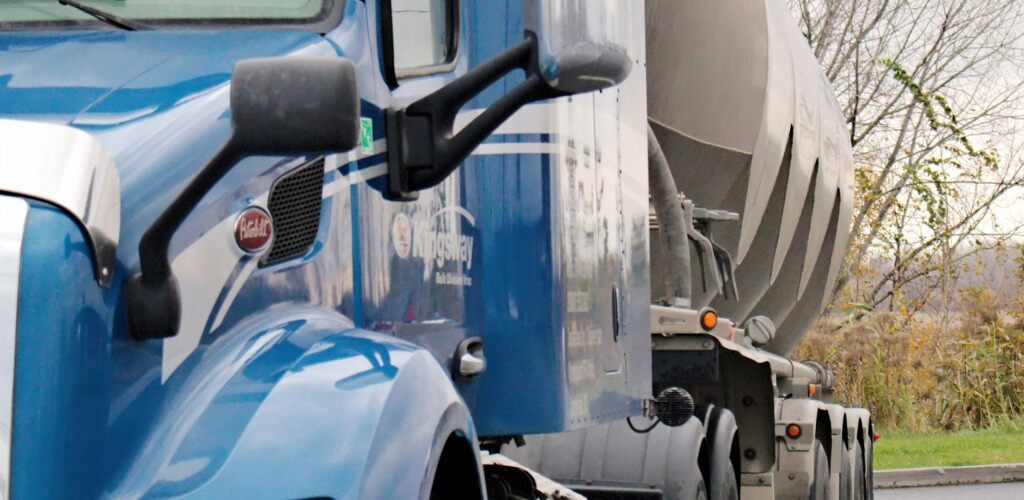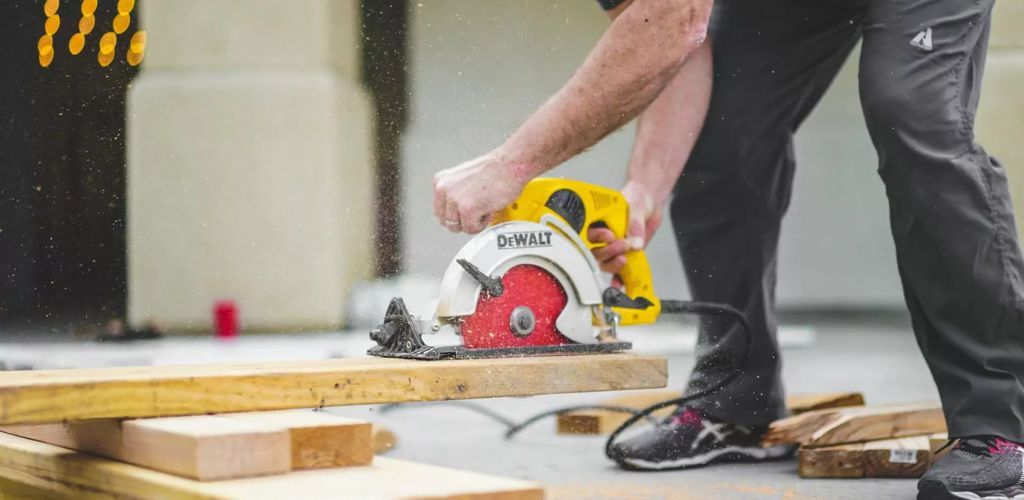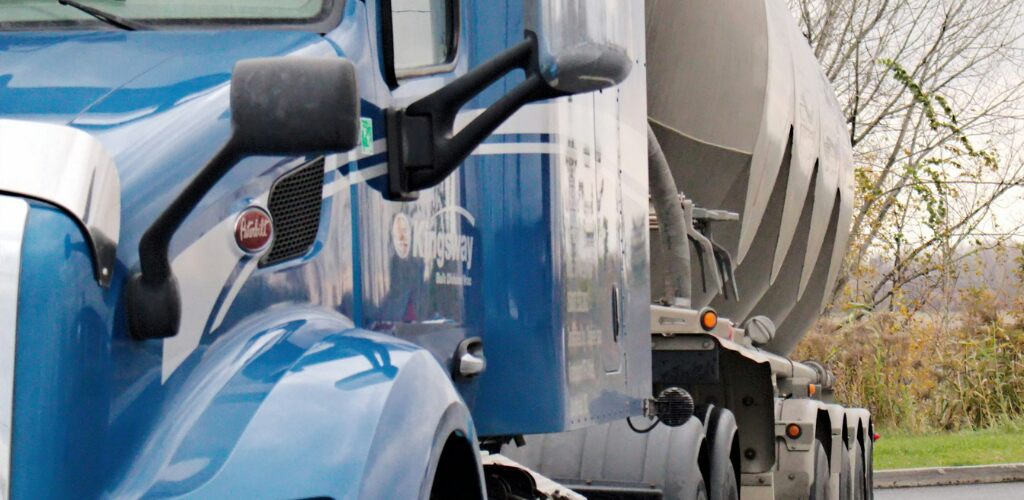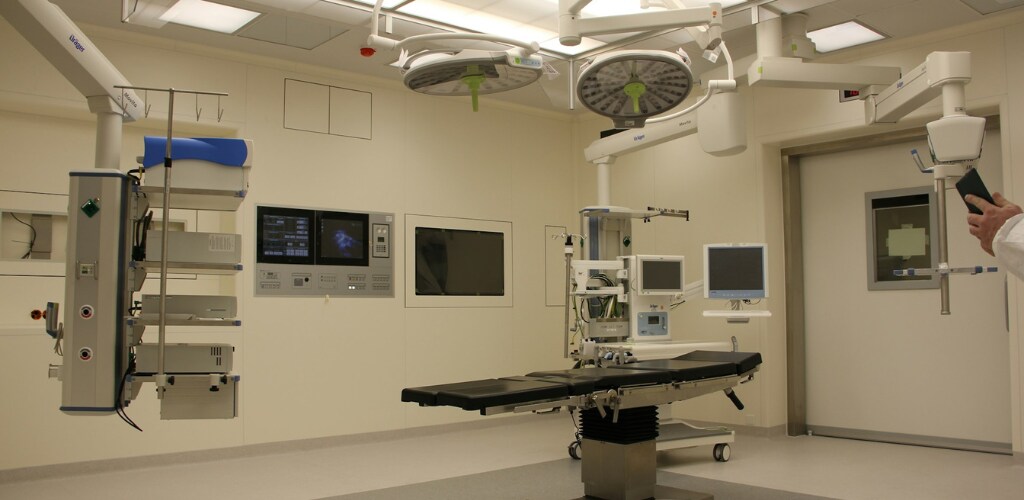There are nearly 3 million semi trucks and about 13 million registered supply trucks in the United States. While these large vehicles are essential for our supply chain, they can be hazardous to those in smaller vehicles. One of the most dangerous types of car accidents happens between personal vehicles and 18-wheelers — underride crashes.
The attorneys at Pastrana & García Injury Law know how catastrophic car and truck accidents can be. In 2022, Texas experienced over 26,000 semi-trailer truck accidents across the state, nearly 500 of which were fatal. With the growing number of truck accidents in the United States, we want you to be aware of the dangers you face as a driver, actions you can take to help keep our roads safer, and what’s being done nationally to take action against underride crashes.
What Is an Underride Crash?
Underride crashes are catastrophic accidents involving part of the smaller vehicle sliding underneath the larger truck. This is different from an override accident, where a truck runs on top of a smaller vehicle. In an underride accident, the smaller car sustains heavy damage because it often gets wedged beneath the truck.
This can either happen when a car can’t break fast enough and ends up underneath the truck’s back end, between the wheels on the side, or even under the front of a truck in a head-on collision. These types of crashes aren’t just dangerous; they can be deadly because the size of the semi gives the truck more momentum when facing a compact car.
Causes and Dangers of Underride Accidents
The causes of underride accidents vary but include both human error and general accidents. These accidents can occur when:
- A car rides in a truck’s blind spot or tailgates the truck
- The truck driver does not look carefully before turning or merging
While any crash carries its dangers, underride crashes are significantly more dangerous. Truck undercarriages are level with the windshield of most personal cars, meaning that extensive damage is possible in these accidents.
Notable Legislation Addressing Underride Crashes
This year has seen great strides forward in the safety of underride accidents. The National Highway Traffic Safety Administration (NHTSA) created an Advisory Committee early in 2023 to advise the Secretary of Transportation on changes that need to be made to make the roads safer for everyone.
For the last few decades, there has been an awareness of the severity of underride crashes that present to our nation’s safety. The journey has been slow, and some bills promoting safety measures have been stalled in the House for years. However, there was a recent push to strengthen the rules surrounding underride accidents.
In 2019, the U.S. Government Accountability Office (GAO) published a study highlighting the lack of consistent information and statistics for underride accidents. They also said that more research should be done to test underride guards. This helped pave the way for the Bipartisan Infrastructure Law, enacted in 2021, which allowed funding for research and road safety; a significant portion of funds was earmarked for the study of underride accidents.
In 2022, the NHTSA ruled that underride guards must be able to withstand a high vehicle impact for the safety of the smaller vehicles. The ruling went into effect in January 2023, but full compliance is not mandatory until mid-July of 2024. Even with this upgrade for underride guards, the NHTSA faces criticism for not doing enough for underride protection. There’s pressure from engineers for further research to be conducted on the still-ignored side underride guards, as the number of lives saved could potentially be greater than originally estimated.
There’s still more work to be done when it comes to researching, reporting, and resolving underride crashes. It will take time to see if fundamental changes can be enacted for the safety of all.
Protective Measures and Equipment for Underride Crash
There are already some measures in place to prevent rear underride crashes. Truck safety regulations require underride guards placed on the back of trucks; guards have been proven useful in preventing these types of accidents. Underride guards are made of steel and have been required on trucks since 1953; over the years, adjustments have been made to the size requirements, though the underride guards themselves proved to deteriorate over time if not replaced.
Underride Prevention
Accidents might still happen even with new underride crash legislation in the works and pressure to create safer rules. It’s essential that you take precautions to help prevent underride accidents from occurring. You can do your part to keep the roads safer by:
- Maintaining a safe distance when driving behind semis and trucks
- Following the posted speed limit
- Not driving when drowsy
- Avoiding distractions behind the wheel
- Giving trucks space when they’re turning
- Not cutting in front of trucks when passing them; make sure you get far enough ahead before changing lanes
- Avoid driving on the side of a truck for extended periods of time; if you’re passing, do so efficiently and safely
- Staying mindful of the weather conditions at all times and maintaining an appropriate speed for the road conditions
Ultimately, educating drivers about the dangers of underride crashes and requiring better equipment to protect drivers can decrease the consequences of these crashes.
Contact Pastrana & García Injury Law Today
The lawyers at Pastrana & García Injury Law understand the catastrophic effects that underride crashes can have on victims and their families. If an underride crash was the source of your injuries, our office is waiting to take your call at 512-474-4487. You can also reach out to us online. Our lawyers can guide you through this difficult time and will fight for the compensation you deserve.











